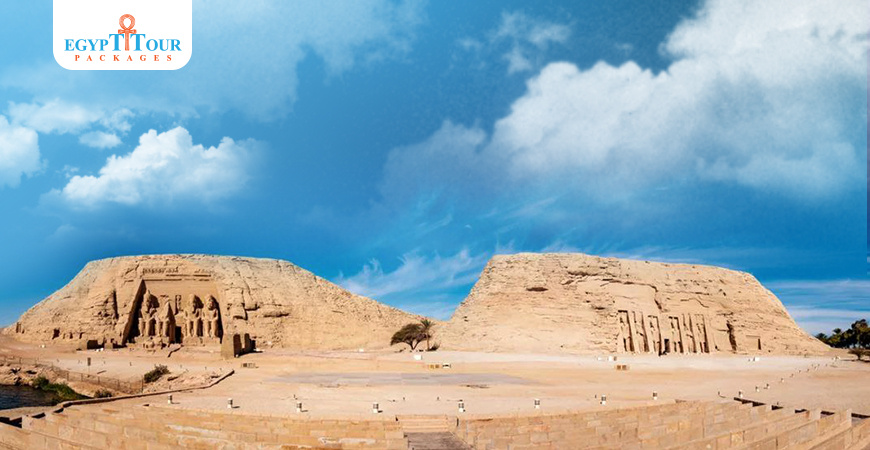
Abu Simbel Nefertari Temple
The Temple of Hathor at Abu Simbel was built by Ramesses II to honor both Hathor as the goddess of love/music and his wife Nefertari as a deified queen.
Nefertari Egyptian Queen
Nefertari – First Queen Of Ramesse The Great:
Nefertari was Known as “Lady of Grace,” “Lady of All Lands,” “Wife of the Strong Bull,” “Great of Praises” and many other nicknames, Queen Neferati was one of the most famous Egyptian queens and an iconic women of Ancient Egypt.Ramesses II, like other kings of Egypt, had a large harem of wives. However, at any time only one wife was given the honor of being his ‘chief queen.” Although he would take eight of these queens over his lifetime, Queen Nefertari was his first and most beloved. Ramesses was incredibly devoted to Nefertari and was obsessed with her beauty.
NEFERTARI IS NOT AN ORDINARY WOMAN
The affection that Ramesses had for his wife, which is clearly evident in the adoration painted on the walls of her lavish tomb, shows that Egyptian royal marriages were not always based on power, alliances or conveniences. In some cases they came from a deep and meaningful love. Nefertari was no ordinary woman and Ramesses wanted the world to know how special she was to him. Nefertari was a highly educated woman and she had the ability to read and write hieroglyphs, which was quite a rare skill at the time. She put her intellect and talent to use in diplomacy, corresponding with other important royal figures of the time. Her origins are not really known, other than the fact that she was a member of the nobility.

Why is Abu Simbel so special?
The small temple of Queen Nefertari is located a hundred meters to the north of the large temple, and this temple was carved into the rocks of the mountain that the ancient Egyptians called "The Pure Mountain" or "The Northern Mountain", and before the construction of the Nefertari temple, the local people came to this mountain because they believed that the spirit The goddess Hathor lives inside this mountain, and King Ramses took advantage of the belief of the people of Abu Simbel and carved a temple dedicated to both his wife, Queen Nefertari, and the goddess Hathor.The small temple consists of a facade with six statues, followed by a pillar hall, and a transverse hall. The temple ends with a small sanctuary and on the sides of it two adjacent rooms. Temple scenes focus on daily religious ceremonies in the temple, such as presenting flowers, serving wine, and burning incense over offerings. It is noticed in this temple that King Ramses II controlled his scenery, and he alone owned seventeen views compared to twelve scenes of the owner of the temple Nefertari, and cut four statues for himself at the facade for two for Nefertari.The facade of the small temple is twelve meters high, and twenty eight meters wide, and is divided into two towers, each of which includes a group of three sculpted statues, which is ten meters high, two of them representing King Ramesses II and the third of his wife Nefertari, and the most beautiful statue of Queen Nefertari is in the right group, in which Queen Nefertari appears in a long transparent dress,and put on her head the distinctive Hathori crown consisting of the two feathers and between them the sun disk.

What is the temple of Nefertiti?
The main facade of the temple includes six huge statues, three of which are on each side of the facade. It is represented by four statues of Ramesses II, standing, wearing the double crown, the crown of Upper Egypt, or the nemes. He wears a crown consisting of two horns, a sun disk, two feathers, and two cobra serpents, with two other cobra serpents hanging from it, the beard, and the shendite, in front of his left leg, and the royal uraeus decorate the forehead.Among the king’s statues, there are two statues of his wife Nefertari, standing with her left leg in front and wearing a long, woven robe. She wears a divine crown consisting of two horns, a sun disk, and two feathers. The forehead is decorated with two cobras. The right arm is extended next to the body, while the left arm is bent on the chest, holding the hand, the symbol of Hathor.There are two small statues around each statue of the king, a statue on the right and a statue on the left of one of the princes: (Meri-Atum, Meri-Ra, Amun Her khepshef, Ra herun im if),There are also two small statues around each statue of the queen, one on the right and another on the left of one of the princesses,( Meritamun, Henwt Tawi).

Why is Abu Simbel so special?
Inside the entrance corridor, the southern walls show the king presenting flowers to the goddess Hathor, while the northern wall depicts the queen offering flowers to Isis. The ceiling is adorned with hieroglyphic writing representing King Ramesses II dedicating the temple to his wife Nefertari. The temple was built and excavated in a pristine mountain in the first region, using beautiful white limestone. In the hall of columns, there are paintings on the southern wall depicting the king's coronation by Horus and Set. Each column that holds up the ceiling is adorned with a scene of the king, queen, or a god on the side. The front of each column is decorated with a Hathorian crown. Underneath the top of each column, there are three lines of hieroglyphic writing that represent the formula "The hotep de n suit" along with the titles, names, and epithets of the king and queen.

What is inside Abu Simbel Temple?
The Sacrifice Hall is preceded by a hall adorned with depictions of the king and queen interacting with the gods. In these scenes, the king or queen can be seen making offerings to the gods, while the queen is crowned by Hathor and Isis.In the western wall, there is a special place called the Holy of Holies. It has a statue carved in rock, placed between two columns dedicated to the goddess Hathor. The statue depicts Hathor in the form of a cow, protecting the king who stands in front of her. Just below her head, you can see the king offering flowers to Hathor.

Why was Abu Simbel removed?
After the 1952 revolution, the Egyptians decided to construct a dam in the Aswan region to safeguard the Nile, prevent floods, produce electricity, and expand agriculture. However, if water was stored in front of the dam, the Nubian temples would be submerged. In 1959, Egypt and Sudan sought assistance from UNESCO to rescue the temples. A worldwide appeal for financial and technical support was launched, resulting in the establishment of an international campaign. Several suggestions were put forward to save the temples, such as leaving them in place with a concrete barrier, relocating them to a higher area, or cutting and moving them in sections. Eventually, the temples were cut into blocks and relocated to a higher spot, preserving their original appearance.

Post A Comment
Your Email Address Will Not Be Published.














































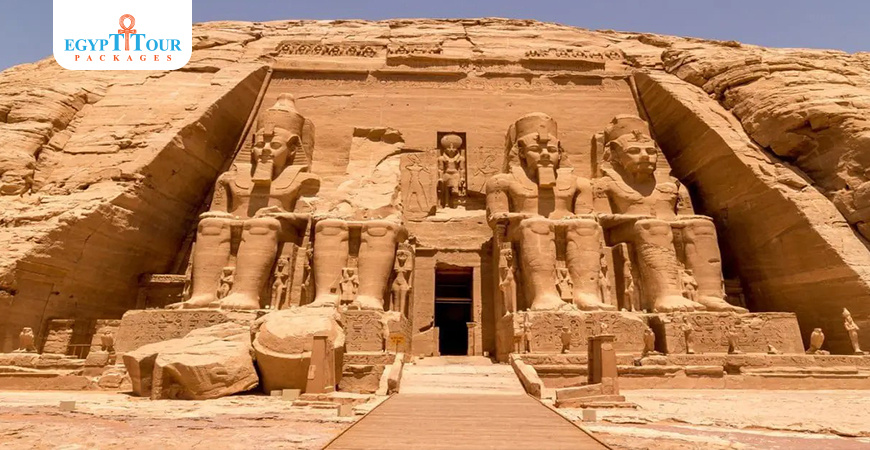
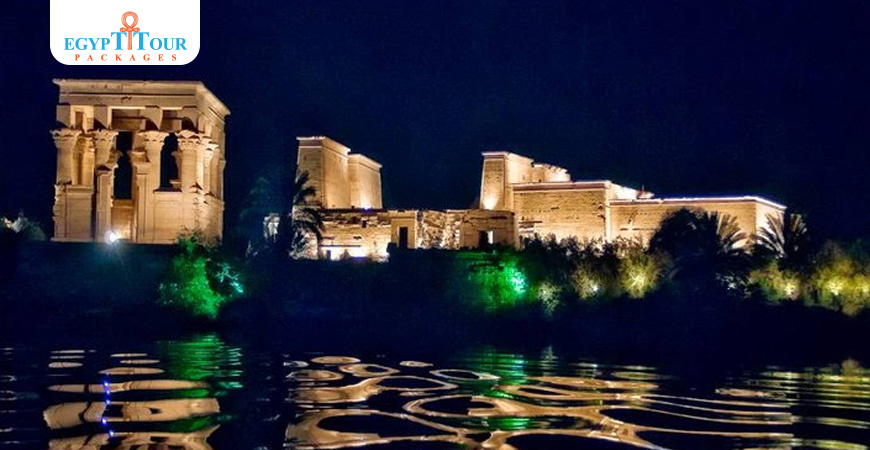
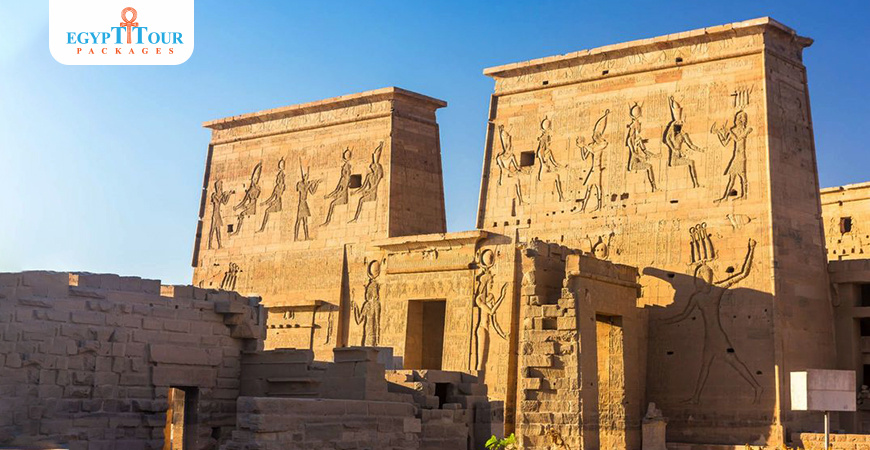
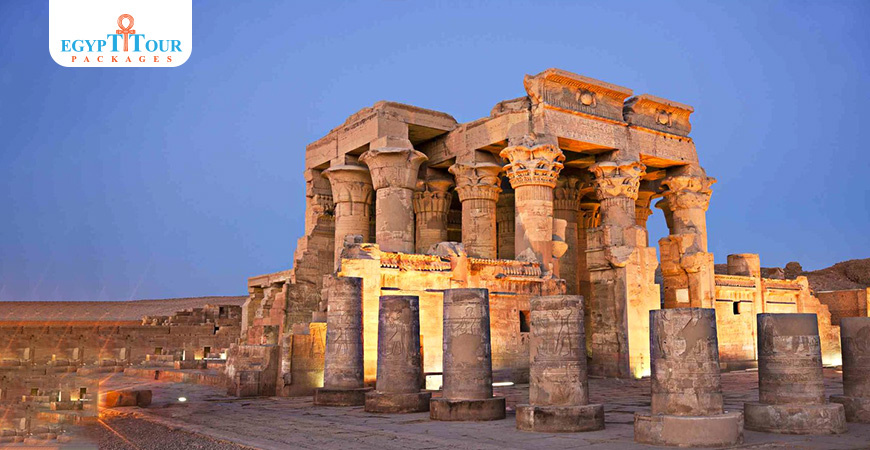
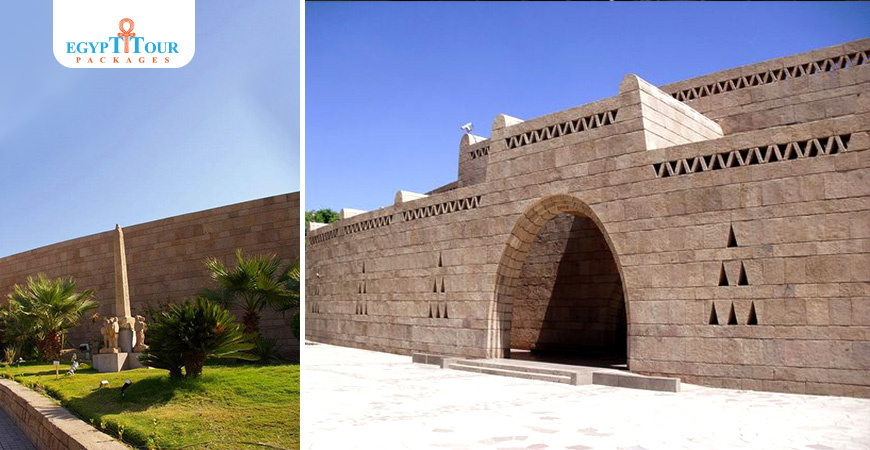
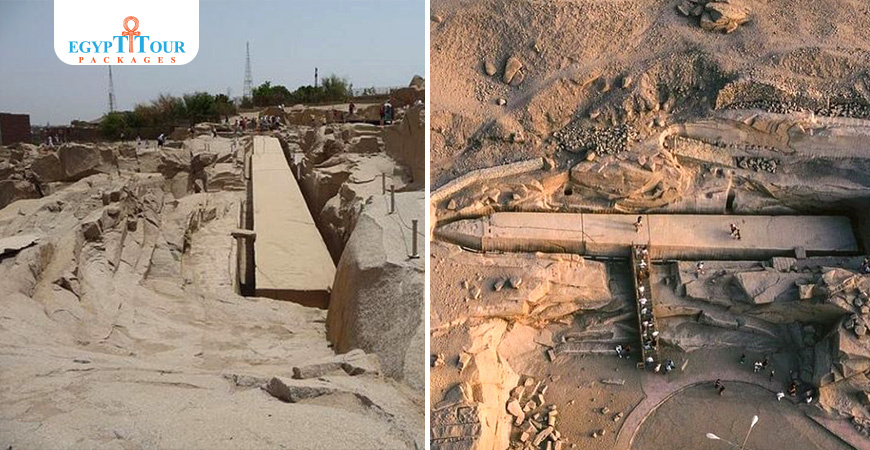

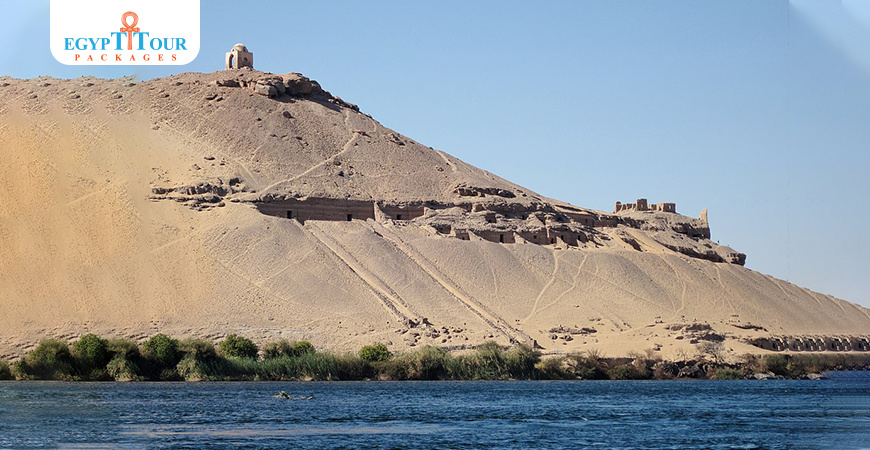
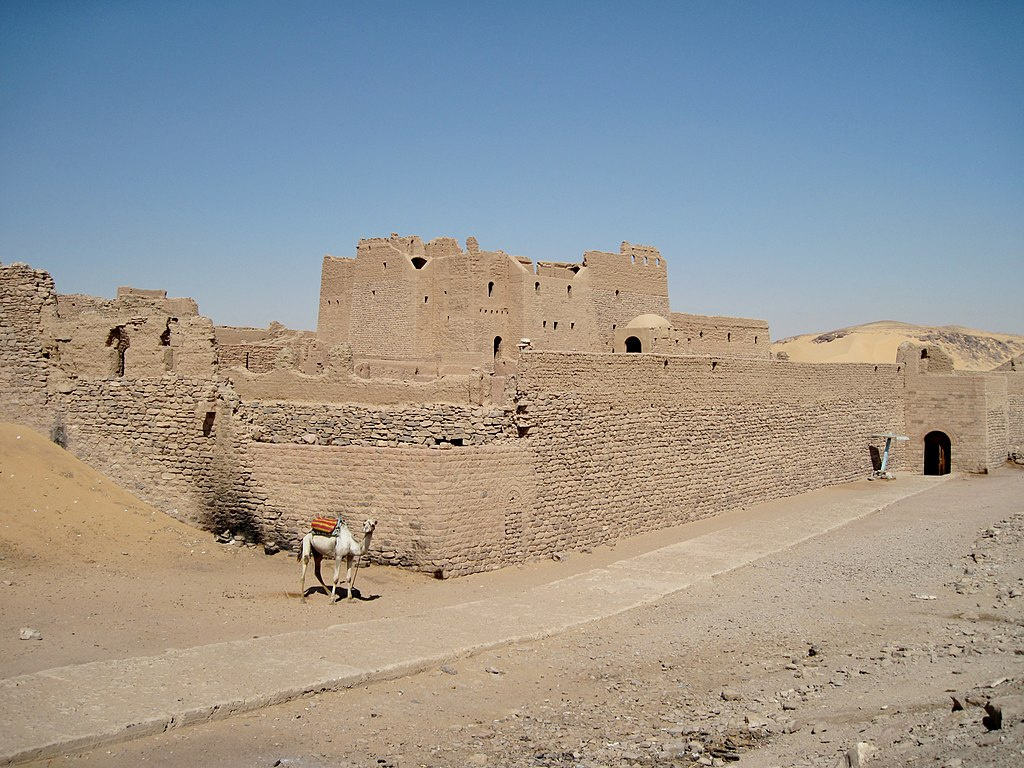
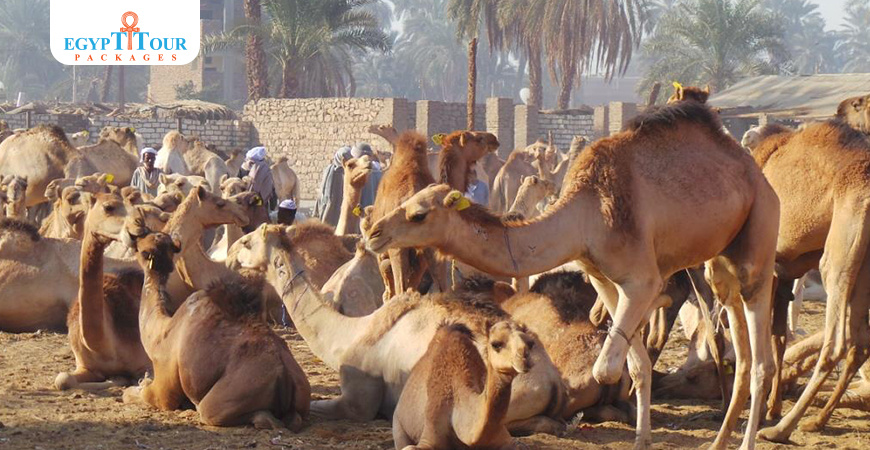
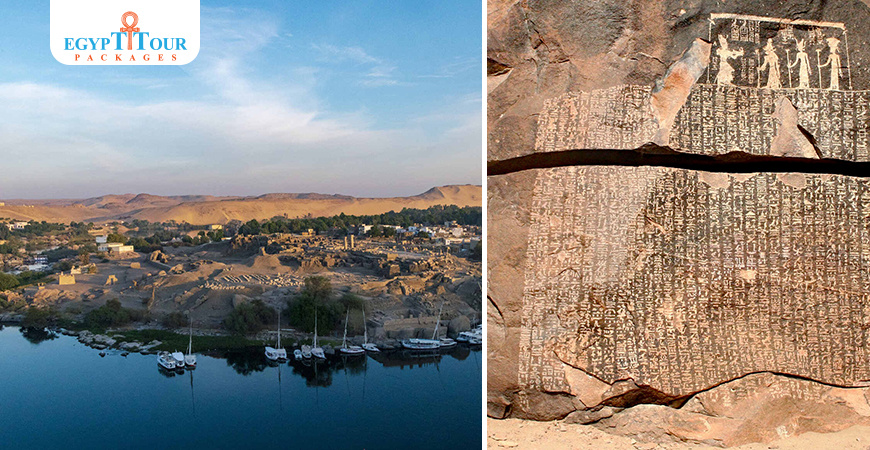
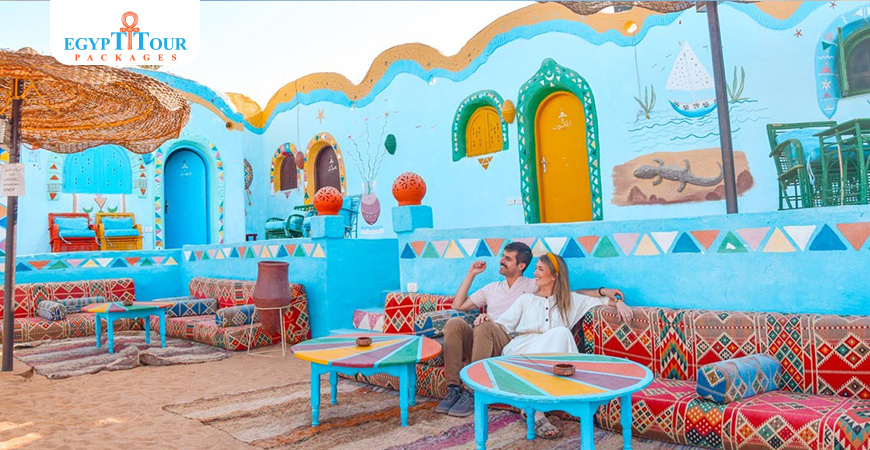

0 Comments